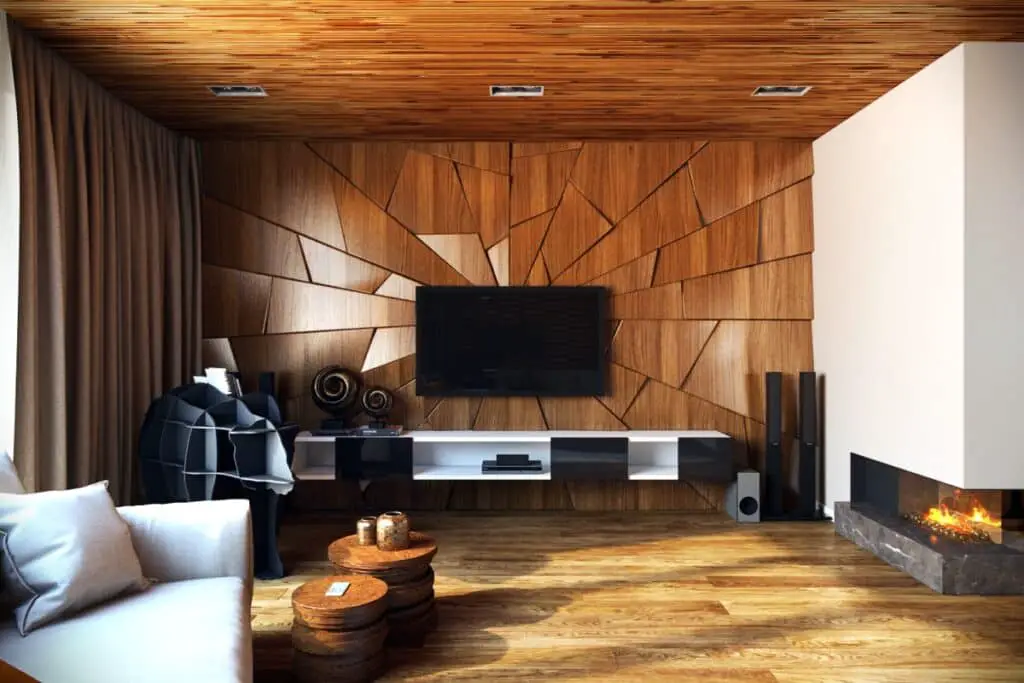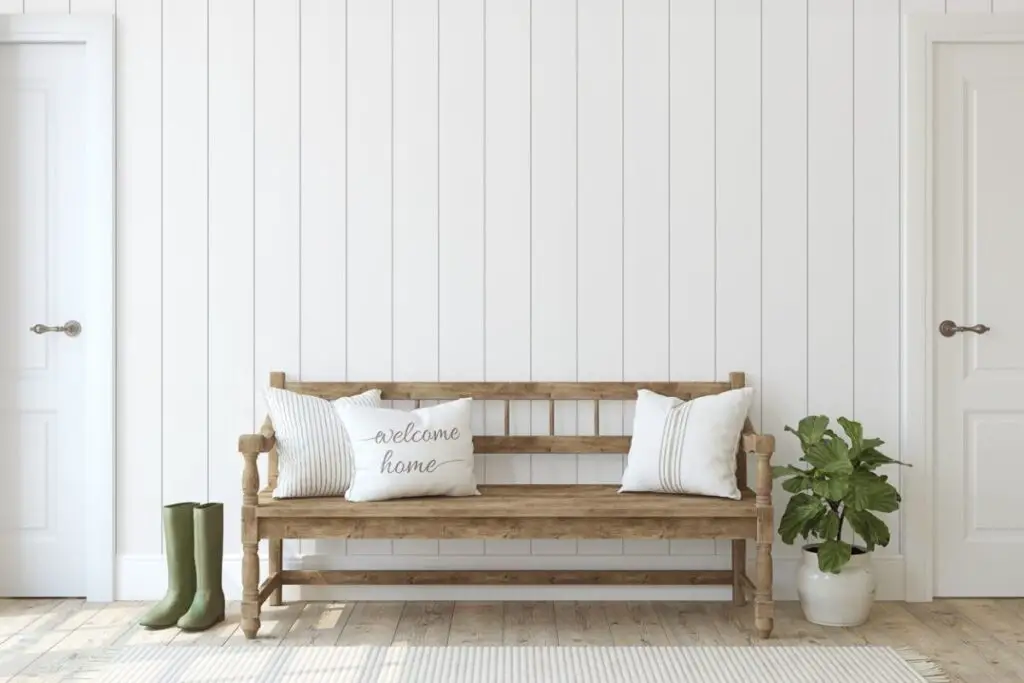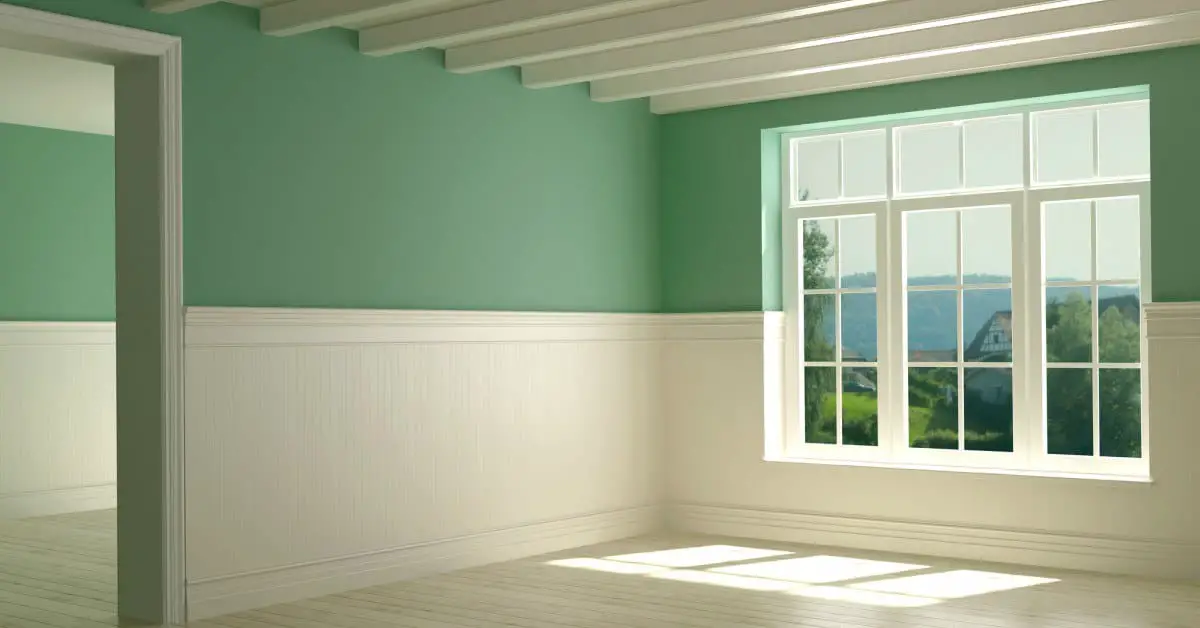How To Insulate Interior Walls That Are Already Drywalled
Introduction
How To Insulate Interior Walls That Are Already Drywalled: Insulating interior walls that are already drywalled can be a challenging task, but it is not impossible. Whether you are looking to improve the energy efficiency of your home or reduce noise transmission between rooms, insulating your interior walls can provide numerous benefits.
Insulating painting interior walls can have several advantages. Firstly, it can help improve the energy efficiency of your home by reducing heat loss or gain through the walls. This can result in lower energy bills and a more comfortable living environment. Additionally, insulation can help reduce noise transmission between rooms, providing a quieter and more peaceful atmosphere. Insulating interior walls can also help control condensation and moisture buildup, preventing potential damage to the walls and promoting a healthier indoor environment.
There are several methods you can use to insulate interior walls that are already drywalled. One common approach is to use blown-in insulation, which involves drilling small holes in the walls and blowing insulation material into the cavities. This method is particularly useful for existing walls as it does not require removing the drywall. Foam insulation provides excellent thermal and sound insulation properties and can be a good choice for insulating interior walls.

Can you insulate walls that are already drywalled?
Yes, it is possible to insulate walls that are already drywalled. Insulating walls can help improve energy efficiency, reduce noise transmission, and enhance overall comfort in a building.
There are several methods that can be used to insulate walls that are already drywalled. One common method is to use blown-in insulation. This involves drilling small holes into the walls and then blowing insulation material, such as cellulose or fiberglass, into the wall cavities.
Another method is to use foam insulation. This involves injecting foam insulation into the wall cavities through small holes. The foam expands and fills the cavities, providing an effective insulation barrier. This method requires removing the existing drywall, installing the insulation boards, and then reinstalling new drywall. While this method may be more time-consuming and costly, it can provide a higher level of insulation.
It is important to note that insulating existing walls may require the expertise of a professional insulation contractor. They can assess the existing wall structure, determine the most suitable insulation method, and ensure proper installation.
How do you insulate walls after drywall installed?
In this article, we will discuss some of the most common methods used to insulate walls after drywall installation.
One method of insulating walls after drywall installation is by using blown-in insulation. This involves drilling small holes into the walls and blowing insulation material into the cavities. This method is particularly effective for existing homes where it is not possible to remove the drywall.
Another method is to use foam insulation.
This involves injecting foam insulation into the walls through small holes. Foam insulation expands and fills the cavities, providing excellent insulation. This method is particularly effective for insulating walls with irregular shapes or hard-to-reach areas. It is important to note that foam insulation can be more expensive than other methods, but it offers superior insulation properties.
Alternatively, you can install insulation boards. Insulation boards are a popular choice for insulating basement walls or areas where moisture may be a concern. They provide excellent thermal insulation and can also help with soundproofing.
Lastly, you can consider using reflective insulation. This type of insulation reflects heat away from the walls, helping to keep the interior cool in the summer and warm in the winter. Reflective insulation is particularly effective in hot climates where reducing heat gain is a priority.
How do you insulate already finished walls?
Insulating already finished walls can be a challenging task, but it is not impossible. Whether you are looking to improve the energy efficiency of your home or reduce noise transmission, insulating finished walls can provide numerous benefits. However, it is important to approach this task with caution to avoid damaging the existing wall finishes.
One method of insulating already finished walls is by using blown-in insulation. This involves drilling small holes into the walls and injecting loose insulation material, such as cellulose or fiberglass, into the wall cavities. Blown-in insulation is a popular choice as it can easily fill gaps and voids in the wall cavities, providing effective insulation.
Another option for insulating finished walls is by using rigid foam insulation boards.
Rigid foam insulation boards have a high R-value, meaning they provide excellent insulation properties. However, this method may result in a slight reduction in room size due to the added thickness of the insulation boards.
If you are looking for a less invasive method, you can consider using insulated wall panels. These panels are designed to be installed directly over existing walls, providing an additional layer of insulation.
It is important to note that insulating already finished walls may require professional assistance. Depending on the complexity of the project and the type of wall finishes, it is advisable to consult with a contractor or insulation specialist to ensure proper installation and avoid any potential damage to the existing walls.
How do you insulate an existing wall from the inside?
Insulating an existing wall from the inside is a common solution for homeowners looking to improve the energy efficiency of their homes. By adding insulation to the interior of the wall, you can reduce heat loss, increase comfort, and potentially lower your energy bills. There are several methods for insulating an existing wall from the inside, each with its own advantages and considerations.
One popular method is to use blown-in insulation. This involves drilling small holes into the wall and then blowing insulation material, such as cellulose or fiberglass, into the wall cavity. The insulation fills the gaps and spaces within the wall, providing a barrier against heat transfer. Blown-in insulation is a relatively quick and cost-effective method, as it does not require removing the existing wall finish.
Another option is to use rigid foam insulation boards.
These boards are typically made of polystyrene or polyisocyanurate and can be cut to fit the dimensions of the wall. Rigid foam insulation boards provide excellent thermal resistance and can help reduce air infiltration. However, this method may require removing and replacing the existing wall finish.
Alternatively, you can use spray foam insulation. This involves spraying a liquid foam insulation material onto the interior surface of the wall. The foam expands and hardens, filling the wall cavity and creating an airtight seal. Spray foam insulation provides superior thermal performance and can help reduce noise transmission. However, it is typically more expensive than other insulation methods and may require professional installation.
It is important to note that insulating an existing wall from the inside may not be suitable for all situations. For example, if the wall has existing moisture or structural issues, it is important to address these problems before adding insulation. Additionally, some older homes may have walls with little or no insulation, making it difficult to effectively insulate from the inside. In these cases, it may be necessary to consider alternative insulation methods, such as insulating from the outside or adding insulation to the attic or basement.
Can walls be insulated without removing drywall?
Yes, walls can be insulated without removing drywall. Insulating walls is an important step in improving energy efficiency and reducing heating and cooling costs in a building. Traditionally, insulation was installed by removing the drywall, placing the insulation material, and then reinstalling the drywall. However, this process can be time-consuming, messy, and expensive.
One method of insulating walls without removing drywall is by using blown-in insulation. This involves drilling small holes into the walls and then blowing insulation material, such as cellulose or fiberglass, into the wall cavities. The holes are then patched up, leaving the drywall intact. Blown-in insulation is a popular choice because it is quick, efficient, and does not require extensive construction work. It can be done by professionals or even as a DIY project.
Another method is using foam insulation. Foam insulation can be injected into the wall cavities through small holes, similar to blown-in insulation. The foam expands and fills the cavities, providing excellent insulation properties. This method is particularly effective in sealing air leaks and providing a barrier against moisture.
It is important to note that while insulating walls without removing drywall is possible, it may not be suitable for all situations. In some cases, removing the drywall may be necessary to address other issues, such as mold or water damage. Additionally, the effectiveness of insulation depends on various factors, including the type and condition of the existing insulation, the climate, and the overall energy efficiency of the building.
Removing drywall
These methods offer a convenient and cost-effective way to improve energy efficiency and reduce heating and cooling costs. However, it is important to assess the specific needs and conditions of the building before deciding on the best insulation approach.
Insulating drywalled interior walls is harder than insulating them during construction. First, locate wall insulation. Insulation installation is possible without insulation. You may need to remove existing insulation before adding new.
After finding the studs, mark them on the wall. Install insulation after marking the studs. Batt insulation in rolls or pre-cut panels is a frequent method. Press the insulation between the studs after cutting it.
Seal wall cracks and gaps after installing insulation. Use caulk or expanding foam insulation. Last, replace the drywall or finish the wall. Insulating existing walls may need more steps than insulating walls during construction. Professional advice or careful research is essential for insulation installation.
Several materials are indicated for insulating drywalled interior walls. Fiberglass batt insulation, with pre-cut panels that fit between wall studs, is popular. This type of insulation is effective at reducing heat transfer and can provide good soundproofing qualities as well. Another commonly used material for insulating interior walls is spray foam insulation.
Are there any specific tools or equipment required for insulating interior walls that are already drywalled?
These tools and equipment will help you navigate the existing drywall and properly install the insulation without causing any damage to the walls.
1. Insulation materials: Before you begin, you will need to gather the appropriate insulation materials for the job. This may include fiberglass batts, foam boards, or blown-in insulation. Make sure to choose the right type and thickness of insulation based on your specific needs and the climate you live in.
2. Utility knife: A utility knife is essential for cutting the insulation materials to the correct size and shape. You will need to measure the wall cavity and cut the insulation accordingly to ensure a snug fit.
3. Staple gun or adhesive: To secure the insulation in place, you will need a staple gun or adhesive.
4. Safety equipment: It is important to prioritize safety during the insulation process. Make sure to wear protective gloves, goggles, and a dust mask to protect yourself from any potential irritants or allergens.
Remember to always follow proper safety guidelines and consult with a professional if you are unsure about any aspect of the insulation installation.
Are there any potential challenges or considerations to keep in mind when insulating interior walls that are already drywalled?
When insulating interior walls that are already drywalled, there are several potential challenges and considerations that should be kept in mind. One important consideration is the presence of electrical wiring or plumbing within the walls. This may require careful planning and coordination with a professional electrician or plumber.
Another challenge to consider is the potential for moisture buildup within the walls. If moisture becomes trapped between the insulation and the drywall, it can lead to mold growth and damage to the walls. To prevent this, it is important to choose insulation materials that have good moisture resistance and to properly seal any gaps or openings in the walls.
Are there any alternative methods or techniques for insulating interior walls that are already drywalled?
Yes, there are alternative methods and techniques for insulating interior walls that are already drywalled. One option is to use blown-in insulation, which involves drilling small holes into the wall and then blowing insulation material into the wall cavity. This method is often used when it is not feasible or desirable to remove the drywall.
Another alternative is to use insulated wall panels or foam boards. This method is relatively easy to install and can be a good option for improving the insulation of existing drywalled walls.

Conclusion
Insulating interior walls that are already drywalled can provide numerous benefits for homeowners. By adding insulation to these walls, individuals can improve the energy efficiency of their homes, reduce noise transmission, and enhance overall comfort levels. There are several methods available for insulating interior walls, including blown-in insulation, foam insulation, and insulated panels.
Blown-in insulation is a popular choice for insulating walls as it can be easily installed by professionals. This method involves using a machine to blow loose insulation material, such as fiberglass or cellulose, into the wall cavities. The insulation fills any gaps or voids, creating a thermal barrier that helps to prevent heat loss or gain. Blown-in insulation is particularly effective in older homes where the walls may have settled or shifted over time.
Another option for insulating interior walls is foam insulation. Foam insulation provides excellent thermal resistance and can also help to reduce noise transmission. It is important to note that foam insulation requires professional installation, as it can be messy and requires specialized equipment.








